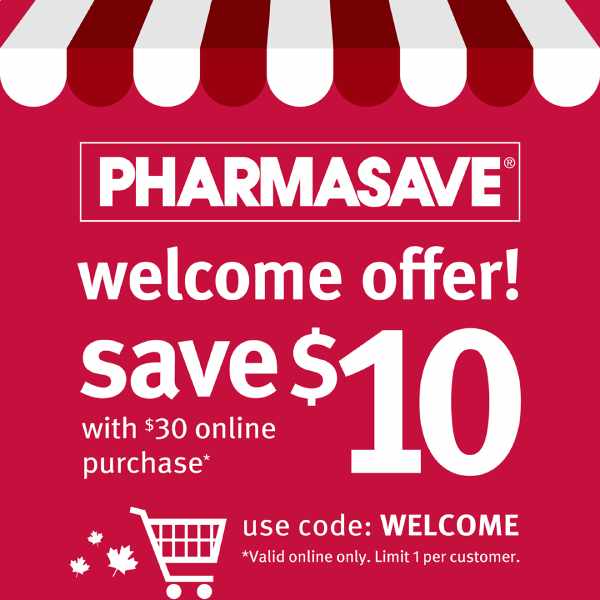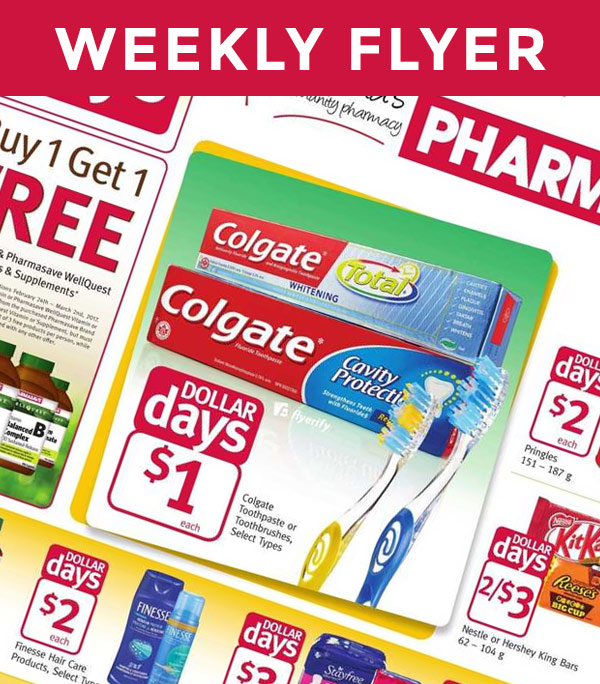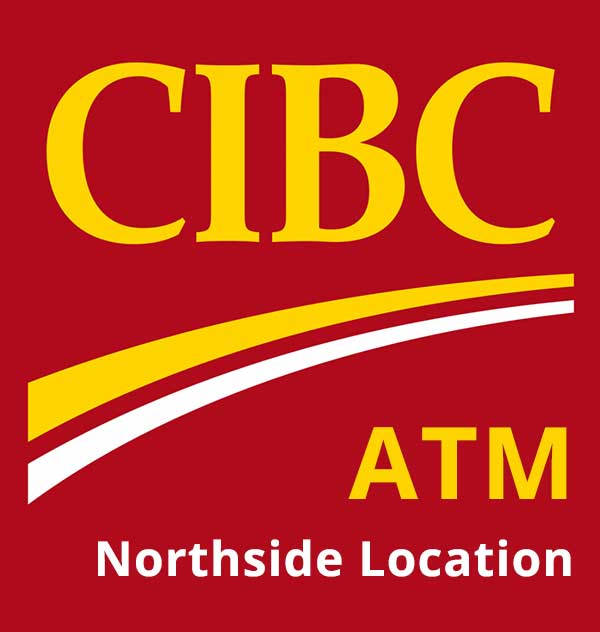
Pharmasave Port Coquitlam
Our Community Matters
Northside
3295 Coast Meridian Road
Port Coquitlam, British Columbia
P: 604.942.9813 | F: 604.942.1561
3295 Coast Meridian Road
Port Coquitlam, British Columbia
P: 604.942.9813 | F: 604.942.1561
Elgin Health Centre
100 - 2255 Elgin Ave
Port Coquitlam, British Columbia
P: 604.942.7117 | F: 604.942.4665
100 - 2255 Elgin Ave
Port Coquitlam, British Columbia
P: 604.942.7117 | F: 604.942.4665
Podiatry
- Arthritis & Inflammation
- Athletes Foot
- Diabetic Neuropathy
- Ionophoresis & Photophoresis
- Molluscum Contagiosum
- Nail Removal
- Plantar Warts
Podiatrists and other health care professionals encounter numerous problems that may be helped with compounded medications.
We commonly prepare unique formulations that prescribers develop to meet specific needs of their patient population, or “tried and true” formulas acquired during professional training. Penetrant enhancers can be added to improve the extent of absorption of topically applied medications. Numerous compatible medications can be combined into a single dosage form for ease of administration. Also, a synergistic effect can be achieved when certain medications are used concomitantly.
Arthritis/Inflammation
The following article concludes: “Topical non-steroidal anti-inflammatory drugs are effective in relieving pain in acute and chronic conditions.”
BMJ. 1998 Jan 31;316(7128):333-8
Quantitative systematic review of topically applied non-steroidal anti-inflammatory drugs.
Moore RA, Tramer MR, Carroll D, Wiffen PJ, McQuay HJ.
University of Oxford, Oxford Radcliffe Hospital, Headington.
The abstract of this article can be viewed online.
Go to PubMed: www.ncbi.nlm.nih.gov/PubMed
In the search box, enter the following PMID: 9487165
Free full text article available at bmj.com: http://bmj.bmjjournals.com/cgi/content/full/316/7128/333
The following article reports “The systemic concentrations of ketoprofen have also been found to be 100 fold lower compared to tissue concentrations below the application site in patients undergoing knee joint surgery. Topically applied ketoprofen thus provides high local concentration below the site of application but lower systemic exposure.”
Pharm Res. 1996 Jan;13(1):168-72
Percutaneousabsorption of ketoprofen from different anatomical sites in man.
Shah AK, Wei G, Lanman RC, Bhargava VO, Weir SJ.
Pfizer Inc., Central Research Division, Groton, Connecticut 06340, USA.
The abstract of this article can be viewed online.
Go to PubMed: www.ncbi.nlm.nih.gov/PubMed
In the search box, enter the following PMID: 8668669
Athletes Foot
Various synergistic combinations are used for antifungal therapy. Research points to the practicality “of using ibuprofen, alone or in combination with azoles, in the treatment of candidosis, particularly when applied topically, taking advantage of the drug’s antifungal and anti-inflammatory properties.”
J Med Microbiol 2000 Sep;49(9):831-40
Antifungal activity of ibuprofen alone and in combination with fluconazole against Candida species.
Pina-Vaz C, Sansonetty F, Rodrigues AG, Martinez-De-Oliveira J, Fonseca AF, Mardh PA.
Department of Microbiology, Porto School of Medicine, University of Porto, Portugal
The abstract of this article can be viewed online.
Go to PubMed: www.ncbi.nlm.nih.gov/PubMed
In the search box, enter the following PMID: 10966233
Diabetic Neuropathy
Neuropathy Foot Cream
The following testimonial appeared in the December 1999 issue of Neuropathy News, a patient newsletter.
“My local [compounding pharmacist] has created a cream to help alleviate the pain of foot neuropathy. It reduces the burning and sharp, needle-like pain. All you need is a very thin coat. The directions call for using it four times a day, but I find it particularly helpful at night. [The formulation contains] 2% amitriptyline and 2% baclofen in a transdermal gel.”
“Compounding pharmacists have the unique training and ability to create medications that address the individual needs of patients. One of the most helpful products they use are transdermal gels that allow for the passage of medication directly through the tissue into the area of pain. Many of the medications typically prescribed for neuropathy patients such as amitriptyline, lidocaine, mexilitene, ketamine and [gabapentin] can cause significant side effects when taken orally. Transdermal gel minimizes systemic side effects and maximizes local pain relief. Compounding pharmacists have many resources that offer relief from neuropathic pain.”
In Diabetes Interviews, January 2000, Neil A. Burrell, DPM, CDE, of Beaumont, Texas, writes “We have a very high success rate using amitriptyline and baclofen mixed in a gel component. This compound is applied to the feet three times per day, and offers immediate relief… [For] recalcitrant neuropathic pain, many times we use a combination of tramadol, gabapentin and amitriptyline.”
At our compounding pharmacy, we work together with physicians and patients to prepare formulations containing the medications and doses that are most appropriate to meet each patient’s specific needs. Let us know how we can be of service.
Arginine Transdermal
Diabetes Care, January 2004; 27(1):284-5
Improvement of Temperature and Flow in Feet of Subjects with Diabetes With Use of a Transdermal Preparation of L-Arginine – A pilot study
Eric T. Fossel, PHD
Strategic Science and Technologies, Wellesley, Massachusetts
PubMed PMID: 14694013 No abstract available.
Topical doxepin could be an alternative and relatively safe treatment in alleviating neuropathic pain in the diabetic patient, especially when the use of systemic treatment is contraindicated. In the following case study, the soles of the patient’s feet were treated with topical doxepin 5% twice daily for four weeks. The patient responded dramatically with loss of the severe burning sensation and no side effects reported.
Wounds 15(8):272-276, 2003. © 2003 Health Management Publications, Inc.
Burning Feet Due to Diabetic Neuropathy
Amna Al-Muhairi, MD, Tania J. Phillips, MD, FRCPC
The print version of this article was originally certified for CME credit. For accreditation details, contact the publisher. Tanya J. Phillips, MD, FRCPC, Boston University School of Medicine, Department of Dermatology, 609 Albany Street, J-106, Boston, MA 02118; Phone: 617/638-5540, Fax: 617/638-5552
Ionophoresis and Phonophoresis
Iontophoresis facilitates delivery of medications into the tissues beneath the skin by electronic transport of ionized drugs in solution. Acetic acid iontophoresis is effective in the treatment of heel pain. Iontophoresis of dexamethasone for plantar fasciitis should be considered when more immediate results are needed. Iontophoresis has also been used to successfully treat plantar hyperhidrosis.
Phonophoresis is a technique that combines topical drug therapy with ultrasound to achieve therapeutic drug concentrations in muscle and other tissues beneath the skin. Ultrasound gels can be formulated to contain medications such as anti-inflammatories and/or anesthetics.
J Am Podiatr Med Assoc. 1999 May;89(5):251-7
Management of heel pain syndrome with acetic acid iontophoresis.
Department of Surgery, Veterans Affairs Medical Center, Brooklyn, NY 11209, USA.
The abstract of this article can be viewed online. Go to PubMed: www.ncbi.nlm.nih.gov/PubMed
In the search box, enter the following PMID: 10349289
Am J Sports Med 1997 May-Jun;25(3):312-6
Treatment of plantar fasciitis by iontophoresis of 0.4% dexamethasone. A randomized, double-blind, placebo-controlled study.
Gudeman SD, Eisele SA, Heidt RS Jr, Colosimo AJ, Stroupe AL.
Specialty Centers for Orthopaedic & Rehabilitative Excellence, Indianapolis, Indiana, USA.
The abstract of this article can be viewed online.
Go to PubMed: www.ncbi.nlm.nih.gov/PubMed
In the search box, enter the following PMID: 9167809
Molluscum Contagiosum
Resistant warts and molluscum contagiosum have been treated successfully with compounded topical medications, avoiding discomfort associated with freezing, scraping, electrocautery and laser therapy.
The following study found that 5% KOH aqueous solution proved to be as effective and less irritating when compared to the 10% KOH solution. This trial also emphasizes the effectiveness of topical KOH in the treatment of molluscum contagiosum, sparing affected children from more aggressive physical modalities of treatment.
Pediatr Dermatol 2000 Nov-Dec;17(6):495
Evaluation of the effectiveness of 5% potassium hydroxide for the treatment of molluscum contagiosum.
Romiti R, Ribeiro AP, Romiti N.
Department of Dermatology, University of Sao Paulo, Sao Paulo, Brazil.
The abstract of this article can be viewed online.
Go to PubMed: www.ncbi.nlm.nih.gov/PubMed
In the search box, enter the following PMID: 11189099
Nail Removal
Although surgical excision is the most popular method for removing nails, the use of concentrated urea plasters applied under occlusion may be superior. The use of urea plasters has inherent advantages – they are inexpensive, several nails can be treated in one session, and the procedure is essentially painless. Various synergistic combinations and topical medications with penetrant enhancers can be compounded for antifungal therapy. Topical medications usually have a lower adverse drug-reaction profile than systemic medications.
Cutis. 1980 Jun;25(6):609-12
Urea ointment in the nonsurgical avulsion of nail dystrophies
–a reappraisal.
South DA, Farber EM.
The abstract of this article can be viewed online.
Go to PubMed: www.ncbi.nlm.nih.gov/PubMed
In the search box, enter the following PMID: 7379590
Cutis. 1980 Apr;25(4):397, 405
Combination urea and salicyclic acid ointment nail
avulsion in nondystrophic nails: a follow-up observation.
Buselmeier TJ.
The abstract of this article can be viewed online.
Go to PubMed: www.ncbi.nlm.nih.gov/PubMed
In the search box, enter the following PMID: 7363665
JAMA 1979 Apr 13;241(15):1559, 1563
Urea plasters alternative to surgery for nail removal.
Montgomery BJ.
PMID: 430701 (No abstract available)
Clin Exp Dermatol 1982 May;7(3):273-6
The treatment of fungus and yeast infections of nails by the method of “chemical removal”.
PMID: 7105479 (No abstract available)
Plantar Warts
Phys Ther. 2002 Dec;82(12):1184-91
Treatment of plantar verrucae using 2% sodium salicylate iontophoresis.
Soroko YT, Repking MC, Clemment JA, Mitchell PL, Berg L.
Marshfield Clinic-Wausau Center, 2727 Plaza Dr, Wausau, WI 54401-4192, USA.
The abstract of this article can be viewed online.
Go to PubMed: www.ncbi.nlm.nih.gov/PubMed
In the search box, enter the following PMID: 12444877







